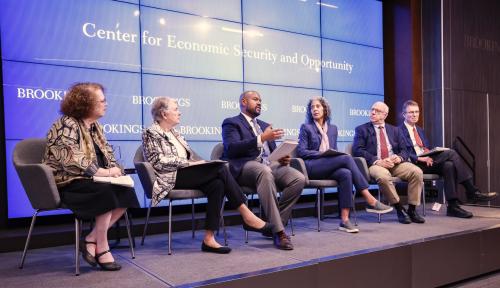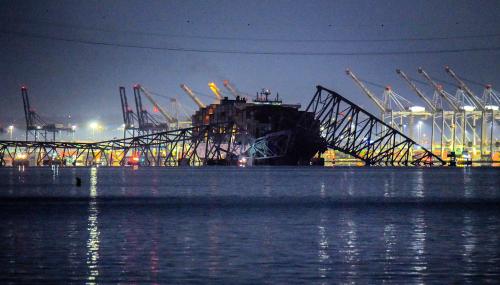Abstract
This paper examines the evidence for nonlinear price behavior in retail goods prices across U.S. cities. First, a simple continuous-time model is used to explore the types of price behavior that can arise in the presence of market frictions. These frictions could be interpreted as transport costs, but we prefer a broader interpretation in which they operate at the level of technology and preferences. Second, we gather price data from 24 U.S. cities on individual goods like orange juice and toothpaste. The empirical analysis reveals that price discrepancies between U.S. cities are stationary and nonlinearly mean-reverting to price parity.
JEL Codes: F31; C32
Single copies of the article can be downloaded and printed for the reader’s personal research and study. Reprinted from the Journal of International Economics, vol.56, no.1, Paul G. J. O’Connell and Shang-Jin Wei, “‘The Bigger They Are, the Harder They Fall’: Retail Price Differences Across U.S. Cities,” Pages 21-53, Copyright (2002), with permission from Elsevier Science.



Commentary
“The Bigger They Are, the Harder They Fall”: Retail Price Differences Across U.S. Cities
January 1, 2002